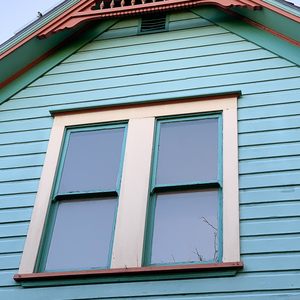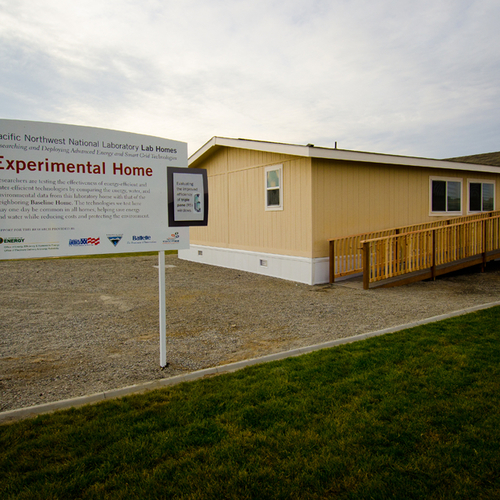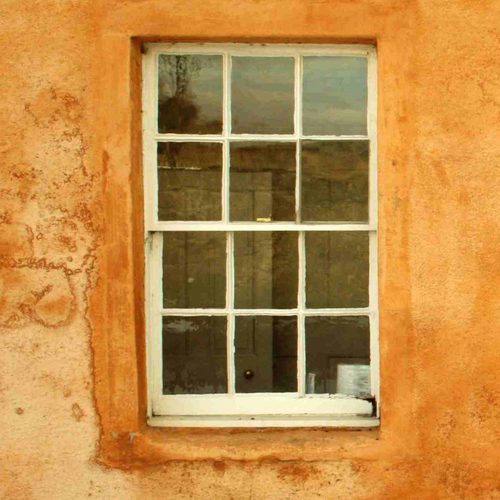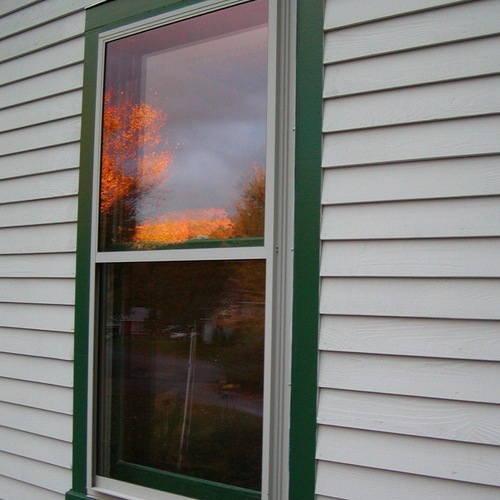
Image Credit: Fine Homebuilding
A client contacted me about installing replacement double-hung windows because she said the old ones were leaky and difficult to operate. It turned out that the double-hung wood windows on her 1960s ranch were actually in good condition. The problem was with the storm windows, which were aluminum triple-track models that had corroded. Many of the spring-loaded sash locks had frozen up, so the sashes wouldn’t latch in position, and the gasketing had dried up, allowing the sashes to rattle and leak air.
When considering window upgrades for operational or energy-efficiency purposes, many people think only of full replacement windows. But in many cases, installing or replacing storm windows can offer more bang for the buck. And they’re much easier and less intrusive to install. (You also can probably save $25 to $50 per window by installing them yourself.) Storm windows improve the overall energy efficiency of windows, help protect the painted surfaces, and often are the only option for upgrading in historic districts where removing and replacing the original windows is prohibited.
After selecting the right style of storm window from the several common types available, I took measurements, placed the order, and installed the windows for my client.
A CLOSER LOOK: CHOOSING NEW STORM WINDOWS
When I began to research storm windows, I looked at the extrusions and coatings, the sash operation and hardware, the gasketing, and how the corners were fastened (screws only or corner inserts and screws) to assess their quality and function. Because I live near the Atlantic coast, wind resistance is a big consideration. I priced new, white, anodized-aluminum triple-track storms in “good-better-best” models for this article. The prices ranged from about $60 to a little over $100 each. The best was wind-load rated with an integral heavy-duty meeting rail, a low…
Weekly Newsletter
Get building science and energy efficiency advice, plus special offers, in your inbox.

This article is only available to GBA Prime Members
Sign up for a free trial and get instant access to this article as well as GBA’s complete library of premium articles and construction details.
Start Free TrialAlready a member? Log in















0 Comments
Log in or become a member to post a comment.
Sign up Log in